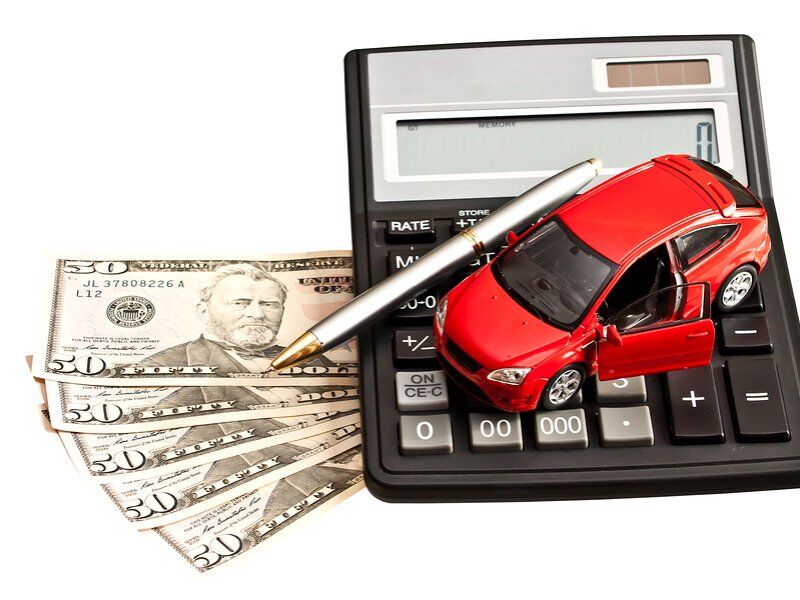In these modern times, public transportation and rideshare options like Uber are on the rise as more and more Americans ditch their cars for a greener lifestyle. Even with the spike in eco-consciousness, the statistics show that 91% of US households own at least one car, with around 85% percent of us needing a vehicle to make the daily commute.
The necessity to own a vehicle is still very prominent in our society, and with that necessity comes another…auto loans. It’s something we’ll all have to deal with at one point or another, and more often than not we find ourselves locked into a term that (for lack of a better description) is a real pain. Thankfully, these modern times also yield valuable tools that car buyers can use to find the best finance resources.
Your Data Comes First
It’s no secret that your credit score will have major impact on your eligibility for a good loan, and with sites like Credit Karma anyone is now able to view their score for free. Knowing what your score looks like can give you a good idea of the percentage of APR you can expect to pay, as well as giving you the confidence you need when talking with a lender. Plus, you’ll know if a lender is trying to offer you less than what you deserve.
Their Data Comes Next
When looking into lenders, you will certainly want to check into their reputation. Better Business Bureau, as well as other state and federal sites constantly collect information on lenders of all types. A quick Google search can also yield customer experiences and insights.
It’s a good idea to forego the dealership’s loan options, as they mark up the price by 2.5 percent on average. Instead, opt for a credit union, bank, or someone who specializes in vehicle finance deals. If you aren’t sure where to start looking, you can begin by comparing major lenders side by side online, as that will give you the pros and cons of each one.
A Little Math Goes a Long Way
Once you’ve gathered the above information, the next step involves a little calculation. You’ll have a variety of options to choose from, including shorter or longer terms, a variable or fixed rate, and sometimes cash back on signing or a lower interest rate. Depending on your situation, either or may be the more beneficial choice.
When it comes to the length of the term, a shorter one obviously means less interest paid. So, calculate your monthly budget and choose to pay the highest monthly payment optional. As for a fixed or variable rate, it all depends on how fast you can pay off the new loan. If you can secure a great fixed rate then do so, but if you will be paying on this for a while then beware of interest spikes that come with variable rate financing.
Now, choosing between a rebate or a lower interest rate can be a hard decision to make. More often than not, choosing the rebate will actually save you more money in the long run. However, it is crucial to do the math and find out for sure if the lower rate might save you a few extra hundred when it is all said and done.
Use a Calculator
No, not the one your desk. Using a loan calculator before speaking with the lender will give you a great ballpark expectation for what your payments should be and how much interest you will owe. You can find a number of loan calculators online so use them, as that will help you get an idea of what to expect.
Don’t fall prey to unfavorable loans from lenders with dollar signs in their eyes. Using the tools and data available to you, you’ll be able to take charge and secure the best loan for you.

